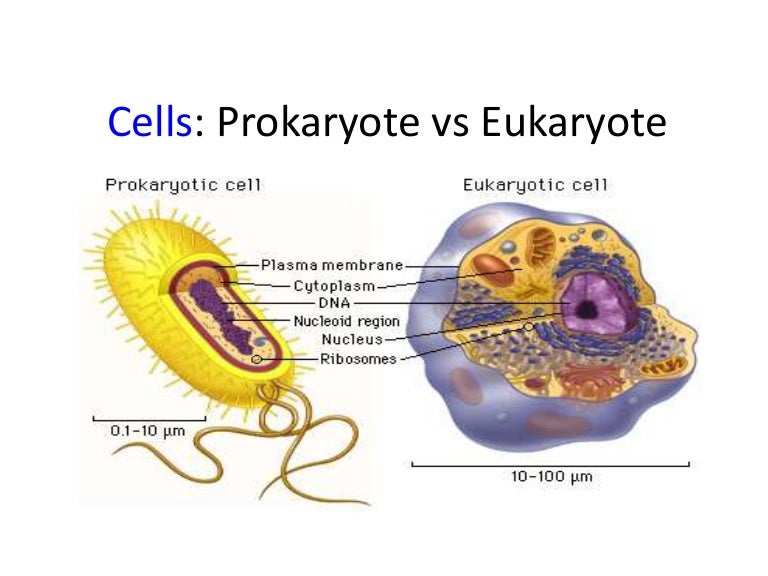E Bacteria Archaea and Eukarya. And of course moles fruit flies and you are also examples of eukaryotes.

The Structure Of Prokaryotes Biology I
Single celled organisms like yeast paramecia and amoebae are all eukaryotes.

3 PROKARYOTIC ORGANISMS. Specific examples of prokaryotic organisms include the Escherichia coli bacterium and the Streptococcus bacterium. Prokaryotes are organisms made up of cells that lack a cell nucleus or any membrane-encased organelles. These are more recognizable as E.
Prokaryotic organisms and eukaryotic organisms. Prokaryotic cells are single-celled microorganisms known to be the earliest on earth. Yeasts and algae are examples of unicellular eukaryotes.
Prokaryotes are organisms that consist of a single prokaryotic cell. Therefore they do not have a nucleus but instead generally have a single chromosome. Unlike eukaryotes they have no nuclei or any other membrane-bound organelles.
Organisms with prokaryotic cells are called prokaryotes. Bacteria are among the best-known prokaryotic organisms. Prokaryote also spelled procaryote any organism that lacks a distinct nucleus and other organelles due to the absence of internal membranes.
They are a group of organisms which lack a cell nucleus. Unicellular organisms fall into two general categories. Microorganisms are found in each of the three domains of life.
Prokaryotic cells are simple cells that do not have a true nucleus or other cell organelles. Prokaryotic cells are typically shaped as either spheres called cocci rods called bacilli or spirals. A unicellular organism also known as a single-celled organism is an organism that consists of a single cell unlike a multicellular organism that consists of multiple cells.
What is difference between prokaryotes and eukaryotes. Bacteria and archaea are all unicellular prokaryotes. In this chapter we will focus on the domains Archaea and Bacteria.
Archaea Bacteria and Eukarya. The earliest group of unicellular organisms evolved about 38 billion years ago Cooper 2000. What are the 3 most common shapes of prokaryotes.
Most prokaryotes have a cell wall outside the plasma membrane. The three domains are the Archaea the Bacteria and the Eukarya. A prokaryotic cell is mostly composed of a plasma membrane cell wall cytoplasm genetic material in the nucleoid and ribosome.
Many eukaryotes are multicellular but many are unicellular such as protozoa unicellular algae and unicellular fungi. Coli a bacteria often found in meat and the bacteria that causes strep throat. Incidentally the categories of bacteria and archaea constitute 2 of the 3 fundamental domains of life the other category being the domain Eukarya which contains all.
The photosynthetic prokaryotes include cyanobacteria that perform photosynthesis. A piece of circular double-stranded DNA located in an area of the cell called the nucleoid. Prokaryotes can be contrasted with eukaryotesplants animals fungi and protozoa.
Archaea and bacteria are unicellular prokaryotic organisms. What are the only prokaryotes. Prokaryotic organisms are divided into two main kinds of organisms.
Unlike prokaryote cells eukaryote cells have organelles cell organs fulfilling important functions in the cell. All prokaryotes are unicellular and are classified into bacteria and archaea. Bacteria and Archaea are the only prokaryotes.
The lack of internal membranes in prokaryotes distinguishes them from eukaryotes. There is an entire kingdom devoted to. Prokaryotes include Bacteria and Archaea.
They are divided into two main groups Archaea Archaeobacteria and Bacteria Eubacteria. The organisms with this type of cell are called prokaryotic organisms or prokaryotes. All prokaryotes are single-celled unicellular organisms.
Prokaryotes are unicellular organisms that lack organelles or other internal membrane-bound structures. These organisms were the first to be found in the planet Earth. D Bacteria and Archaea.
Grass potatoes and pine trees are all eukaryotes as are algae mushrooms and tapeworms. Prokaryotes are unicellular organisms that consist of a single prokaryotic cell. Archaea Bacteria and Eukarya.
A prokaryotic cell consists of a single membrane and therefore all the reactions occur within the cytoplasm. Bacteria and Archaea are the two domains of life that are prokaryotes. All living organisms are classified into three domains of life.
Eukaryotes are organisms made up of cells that possess a membrane-bound nucleus that holds genetic material as well as membrane-bound organelles. Prokaryotes from the ancient Greek προ pro before and καρυόν karion kernel include bacteria. Organisms with eukaryotic cells belong to the domain Eukarya.
Which of the three domains contain s prokaryotic organisms. Which of the three domains contain s prokaryotic organisms. Prokaryotic organisms belong either to the domain Archaea or the domain Bacteria.
Microbes within the domains Bacteria and Archaea are all prokaryotes their cells lack a nucleus whereas microbes in the domain Eukarya are eukaryotes their cells have a nucleus.

Eukaryotes And Prokaryotes What Are The Similarities Differences And Examples

Prokaryotic Cell And Eukaryotic Cell
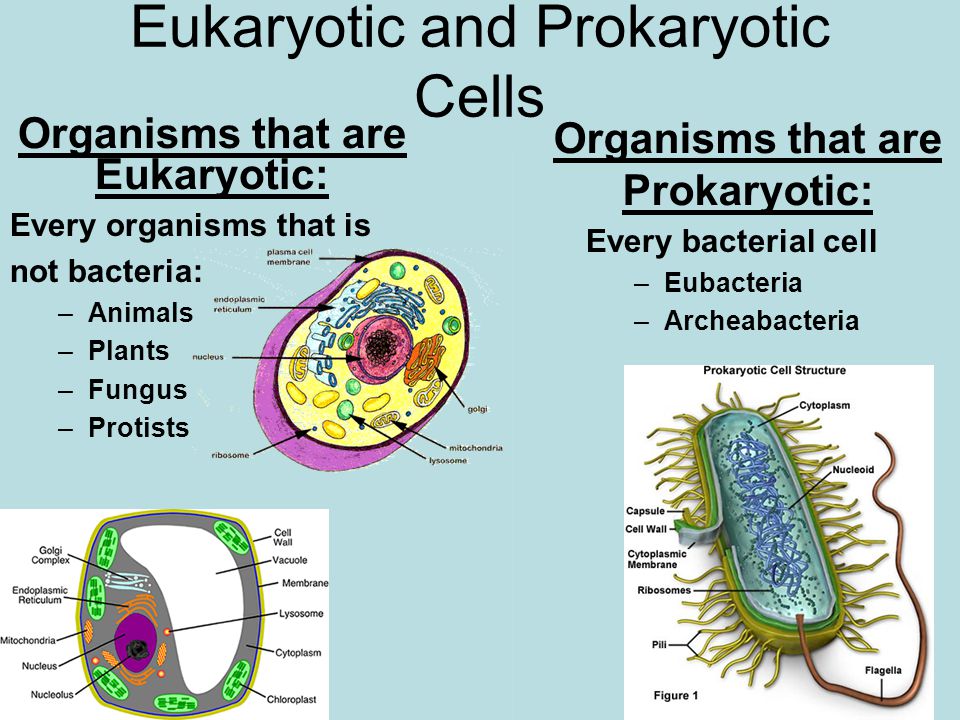
Ch 3 Cells Ppt Video Online Download

Review What Is The Definition Of A Cell Basic Unit Of Function And Structure Of All Living Things Cell Theory Holds True For All Living Things Ppt Download

Prokaryotic Cell Vs Eukaryotic Cell By Nadiadaniela Eukaryotic Cell Prokaryotic Cell Prokaryotes
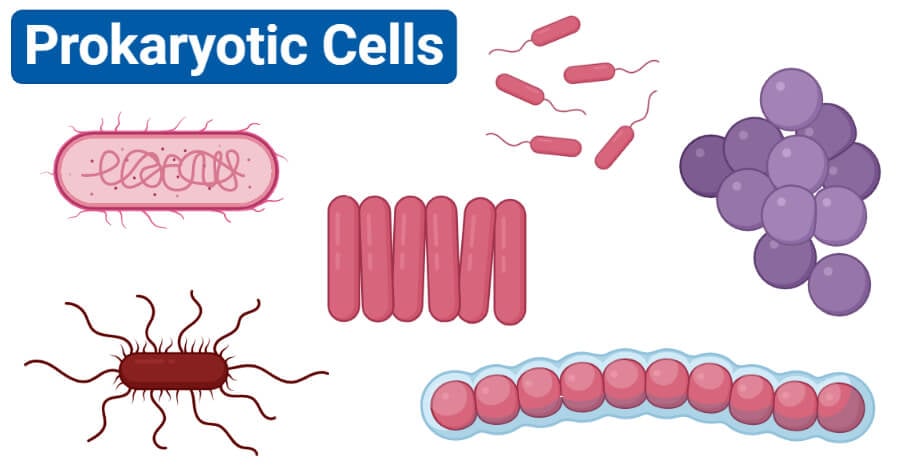
Prokaryotic Cells Characteristics Structure Division Examples
What Are Prokaryotic Organisms What Are Some Examples Quora

Prokaryotic Cell Definition Examples Structure Biology Dictionary
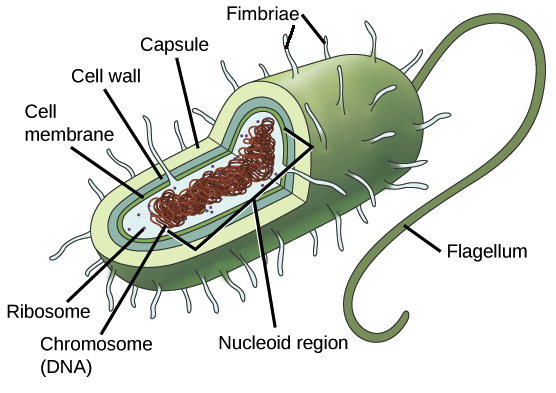
Prokaryotic Cells Article Cells Khan Academy

Unique Characteristics Of Prokaryotic Cells Microbiology

Prokaryote Structure Article Khan Academy
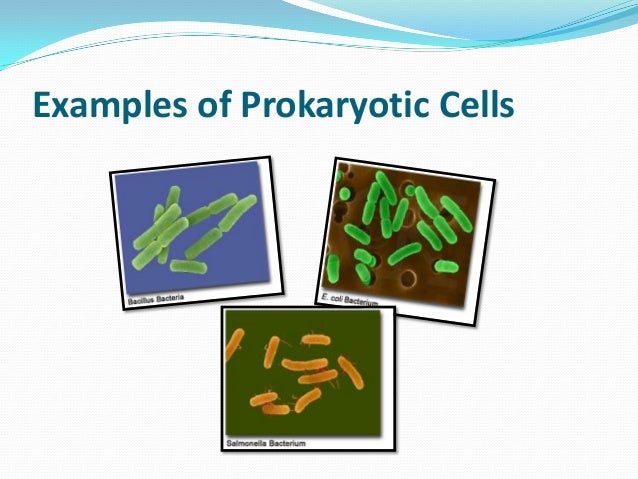
Evolution Of Prokaryotic And Eukaryotic Cells

Prokaryotic Cell Definition Examples Structure Biology Dictionary

Prokaryotic Cell Definition Examples Structure Biology Dictionary

Eukaryotic Vs Prokaryotic Chromosomes
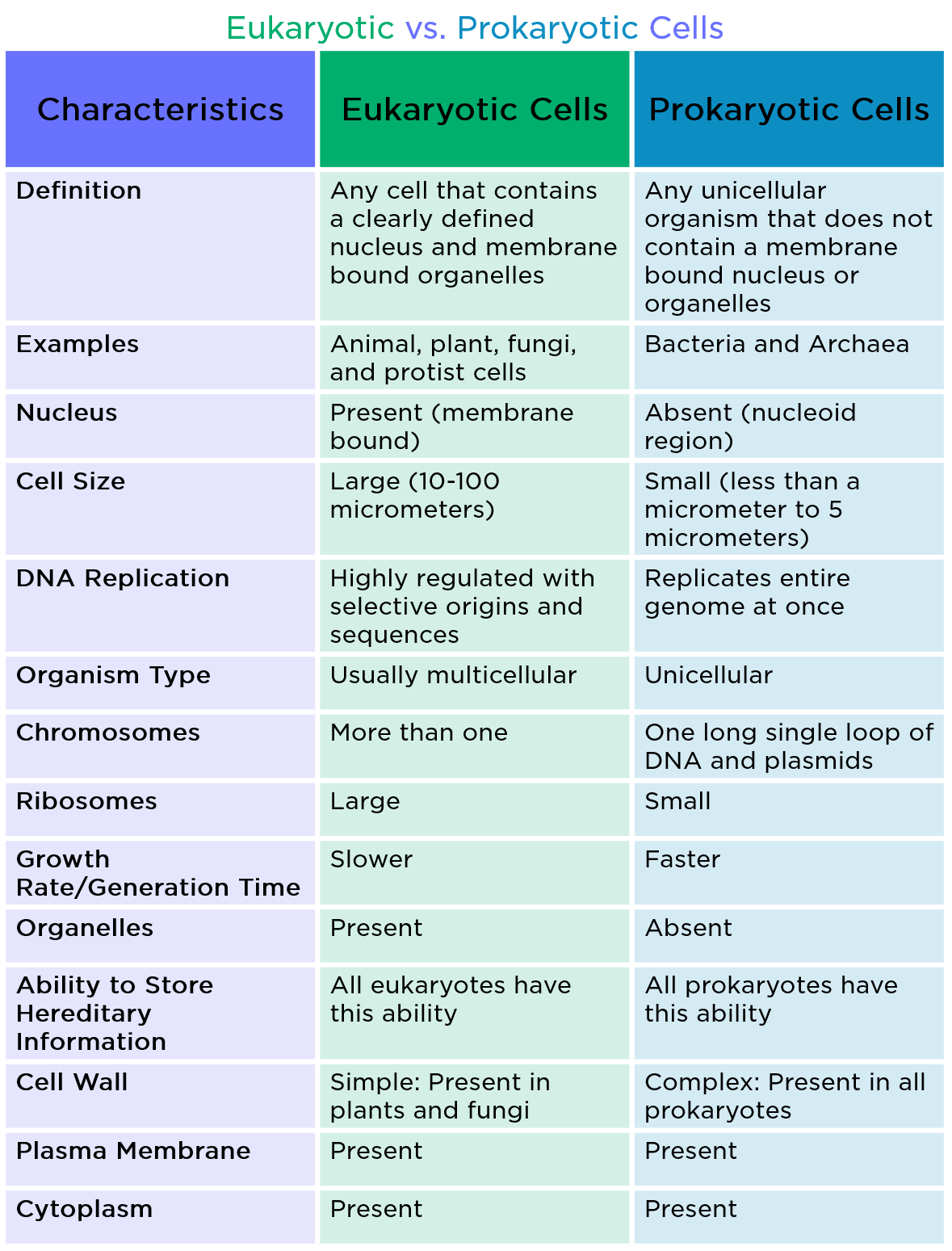
Prokaryotic Cell Definition Examples Expii


